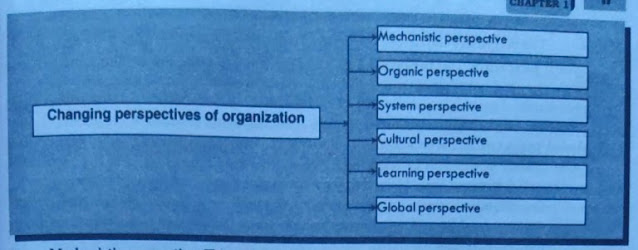Define group. State different stages in group formulation process.

Group A group is defined as a collection of two or more two people working together to achieve common objectives. Such groups are set of interacting and interdependent people having a common belief on at least one particular objective. There can be several purposes for formulating the groups and hence there can be different types of groups in the organization. For our purpose here, groups are taken as workgroups. Such groups are the basic building blocks of every organization as the productivity of the organization can be scaled high with effective mobilization of workgroups. Workgroups form and follow roles, rules, and norms to control members' behavior. Groups contribute to organizational effectiveness when group goals are aligned with organizational goals. Stephen Robbins - " A group is defined as two or more individuals Interacting and inter-dependent David H. Smith - "A group is two or more freely interacting individuals who share a common Identity who have ...













